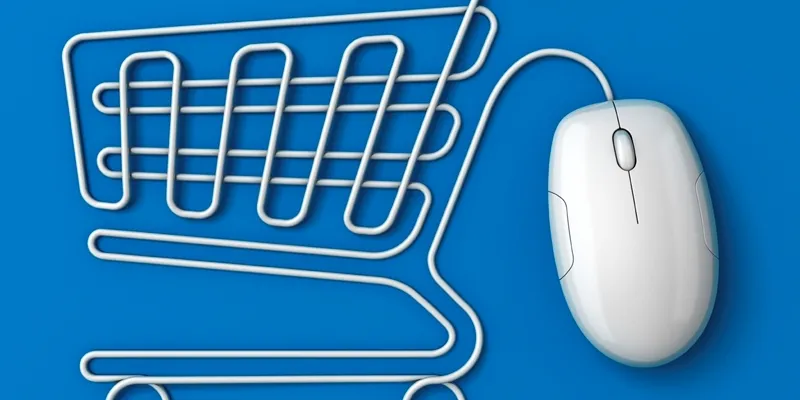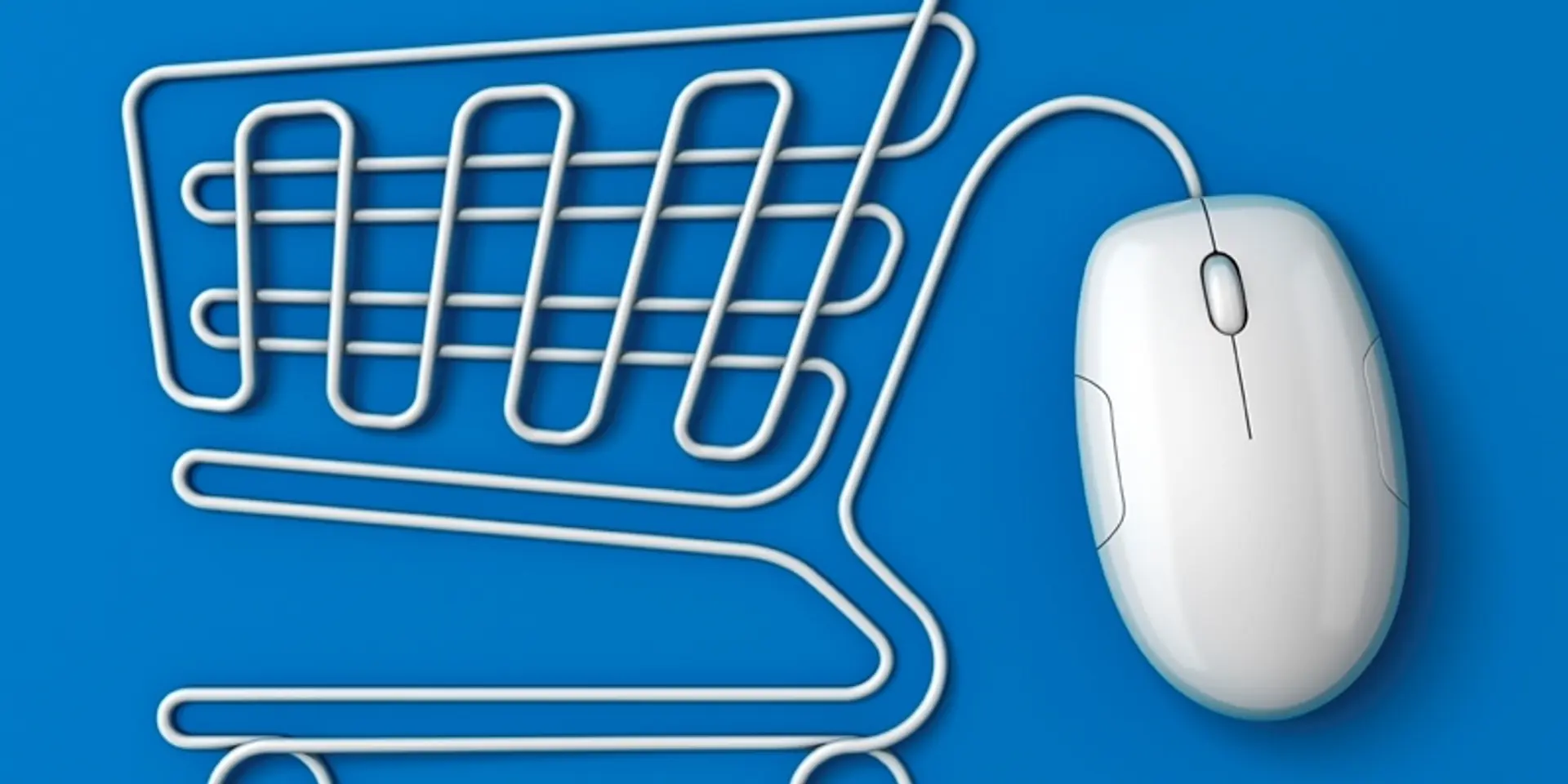Here is Flipkart's next big innovation for Indian e-commerce
Flipkart recently launched Flipkart First, a seemingly innocuous subscription service for its customers. The subscription policies are simple enough – you pay INR 500/- per annum and in return, receive free shipping of orders, ensure in-a-day guaranteed delivery, get 50% off on same day delivery (INR 70/-) and get priority customer care. The fine print gives a few more features – these services are only valid for products owned by the seller WS Retail (which was earlier a Flipkart entity but had to be separated due to FEMA regulations) and for specific PIN codes of India, Further, what ‘priority customer care’ means is not quantified – does it mean that I get to wait 50% less? Or that there is no waiting? Or that this is going to be handled by a separate team?

What’s the big deal?
We are willing to bet that this small announcement is going to be the first step in a series of big innovations in Indian e-commerce sector in the coming months. This subscription service is nothing but a ‘customer loyalty program’ modified for e-commerce. If you have been a member of frequent flyer programs of airlines, or have a discount card for Lifestyle or Big Bazaar, then you have experienced a flavour of loyalty programs. In those industries, you either end up getting points which can be redeemed for other products, or you get to use the points as a discount on your next purchase. But in e-commerce, where the buying patterns are very different and the margins are wafer thin, the companies cannot afford to give away money or points.
Is it another marketing gimmick that is a revenue stream? Or is there a deeper value to the company? Quick calculations reveal that if a user ends up ordering same delivery by paying INR 140/- thrice in a year, he would have derived full value for the money paid for this Flipkart First program. Any additional same day delivery purchases and all the other features are clearly additional benefits to the user. So Flipkart cannot be making much margins out of this plan. There are other indirect reasons why they have started this program:
- Customer Data: Obtain deeper customer data than is possible from a normal registered user. Further, many users simply check out as guests without bothering to register. This brings even those users into the loop, providing better insights into buying behaviour
- Loyalty Helps: With brand loyalties in Indian e-commerce in a constant state of flux as per user surveys, any inkling of loyalty that can get a user back to the site for purchases, earns brownie points
- Same Day Delivery: By all accounts, same day delivery volumes have not reached a critical volume by city and hence they cost a lot more than the charged INR 140/- That means the e-commerce sites are making losses on those transactions. If such buyers are brought under this scheme, the losses incurred can be controlled to some degree
- Prevent ‘Sticker Shock’: Various studies have shown that shopping cart abandonments have been on the rise, and one of the major reasons for this is what is known as the ‘sticker shock’, where users get shocked when they see the final price in the cart after adding taxes, shipping charges and other costs. So when shipping charges need not be shown in the cart, it is a psychological way to provide a feel-good scenario for the buyers
Amazon’s pioneering PRIME loyalty programs
Amazon launched the Prime loyalty programs in 2005 and has since fine-tuned it into a well-oiled machine. While revenues from the program are estimated to be only a small percentage (~1-2%) of the overall revenue, it is relatively profitable revenue and the larger benefits provided to the company are huge.
There are numerous variations in the Prime program to target different buyer segments:
- Prime: $99 per annum for unlimited music streaming, free two-day shipping, free ebooks and access to TV shows. It also provides exclusive access to specific shows sometimes
- Amazon Student: $49 per annum plus options to earn cash credits for referring other students. Pretty much similar to the standard Prime subscription but at a discount
- Amazon Mom: $99 per annum to enjoy all benefits of Prime plus get up to 20% off on diapers and wipes for babies
- Amazon Fresh: Same as Prime, but for some handpicked zip codes in California and Seattle, buyers also get access to fresh groceries and local food stores thus assuring fresh foods
In addition to all of these loyalty programs, Amazon also runs a “subscribe & save” option where buyers can subscribe to a monthly quota of specific products and get an additional discount on those products. Of course, this gives predictability to Amazon’s revenues.
Our View
Flipkart First is a program in its nascent stages in India. Amazon has been doing this in the US for close to a decade now, with extensive data and internal knowledge of how to execute these programs. However, it will take a lot of real data and trials to get it right for the Indian e-commerce consumer who is not yet as evolved as in the US.
Amazon very clearly saw a few quantified benefits. For example, studies have shown that Prime members are more likely to adopt an ‘Amazon First’ strategy when looking to buy any product – meaning, they look first in Amazon and then check it out in other sites. Although revenues from this program have been low, they have never been discontinued because of other value being delivered to the company.
Flipkart has a long way to go on this path because of a few roadblocks. One reason Amazon made it work in the US was because the program bridged the gap between physical products and digital products (e.g., TV shows, music) with one program, making it very appealing to the current consumer. Given that Flipkart does not have this kind of content or digital products, basing a loyalty program only on shipping charges discount and vaguely mentioned better customer service, it is going to be a hard sell to convince the Indian e-commerce buyer.
What do you think about loyalty programs in e-commerce? Do you think it is going to be a big factor?







